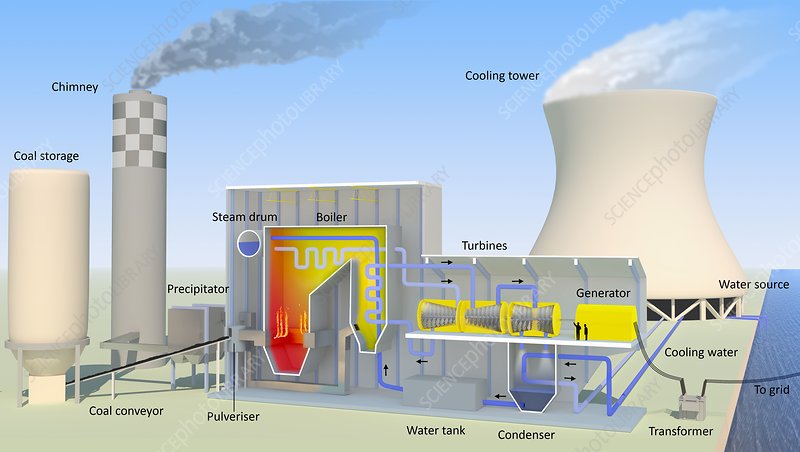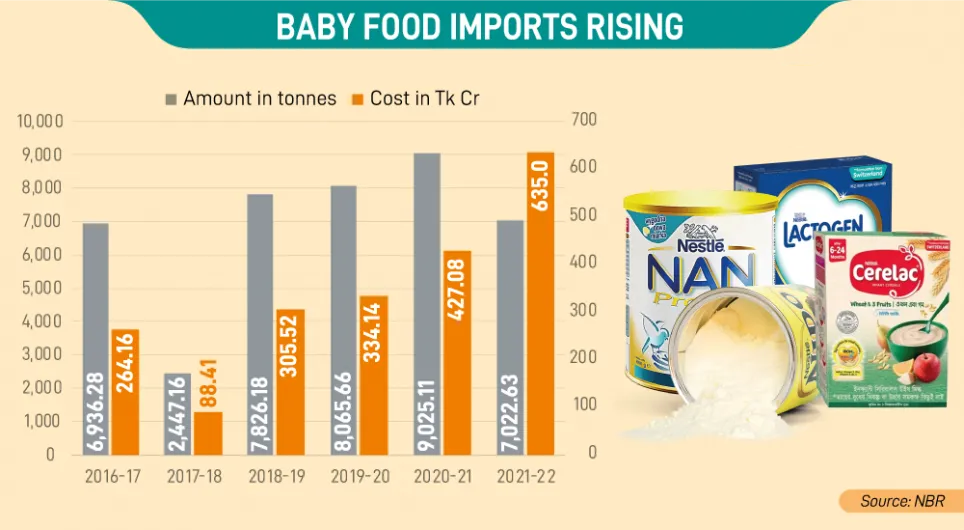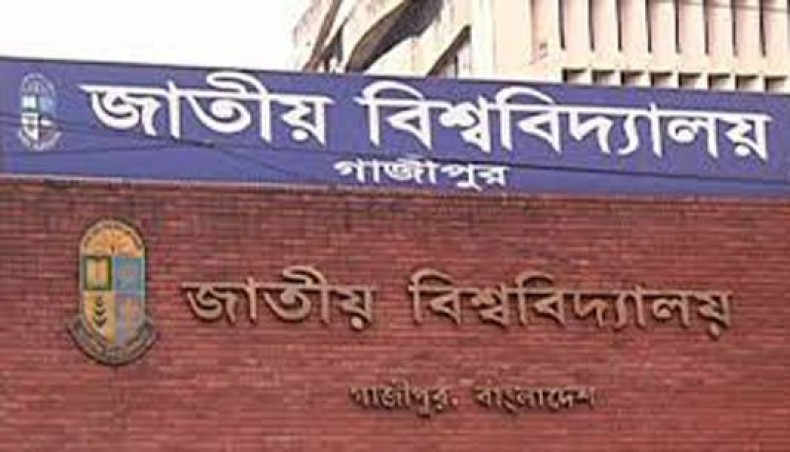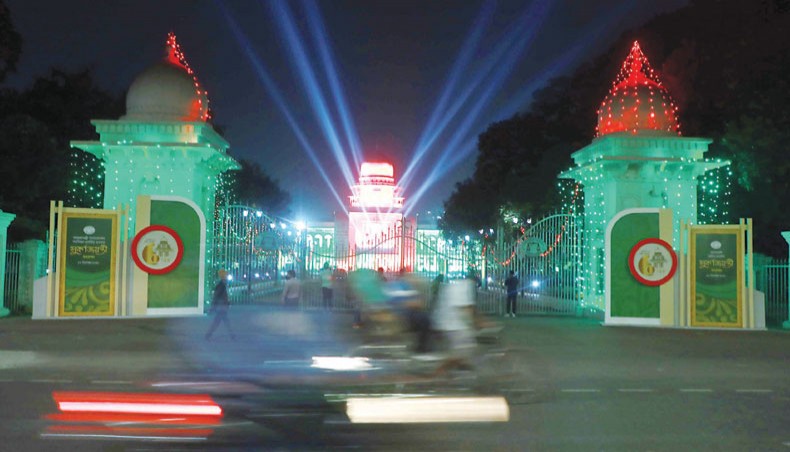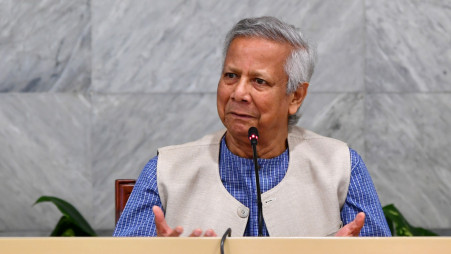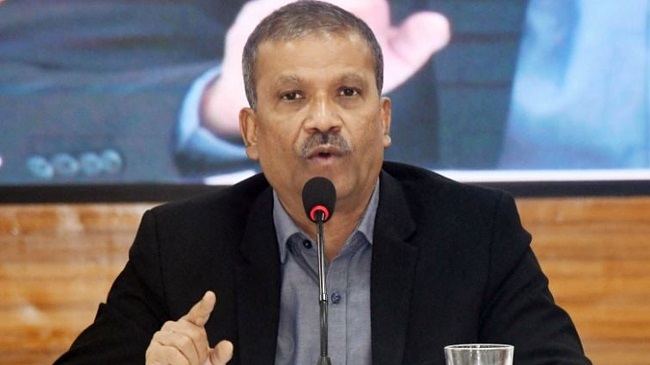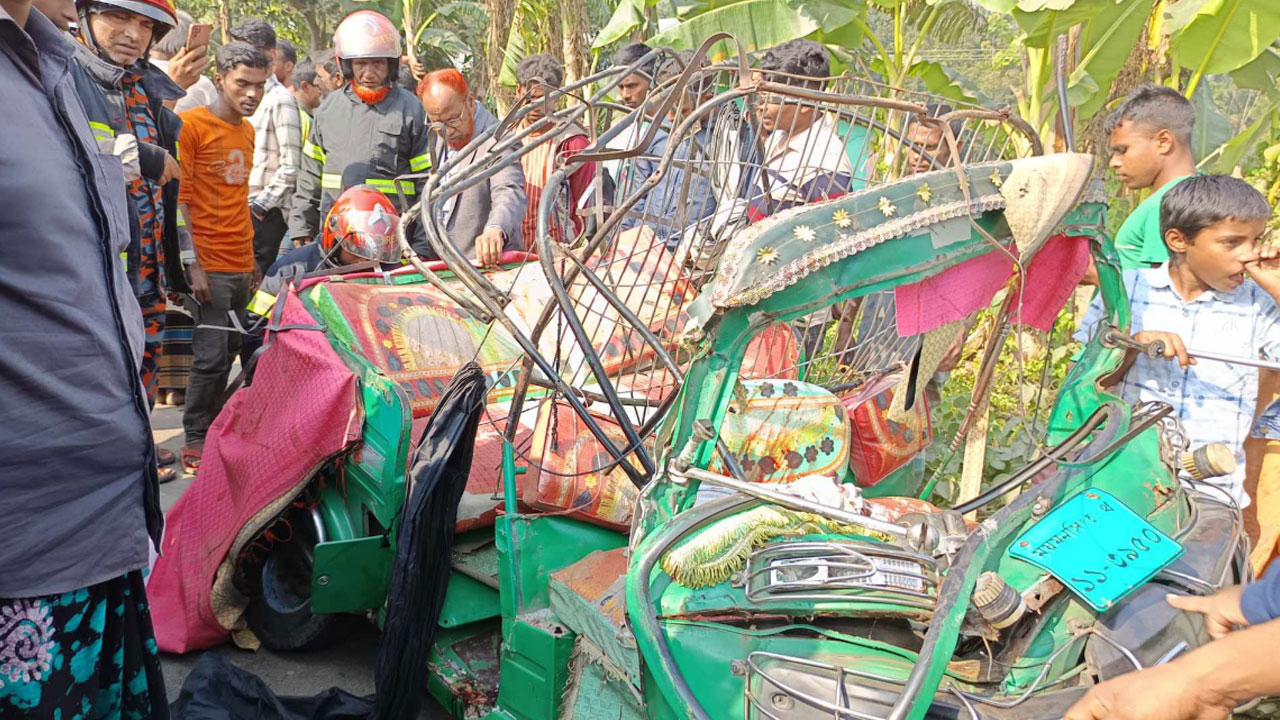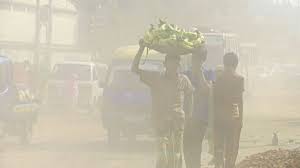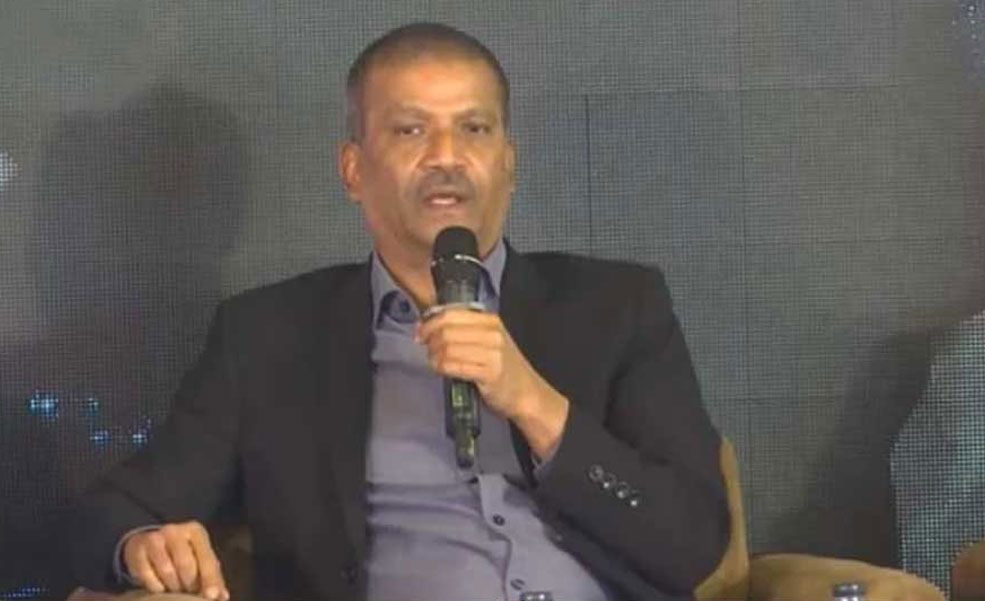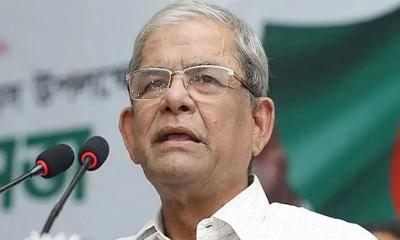Gas production is on the decline while the number of gas-fired power plants is increasing with combined cycle power plants (highly efficient power plants- CCPPs) sitting idle due to gas shortage.
However, gas is being supplied to low capacity single cycle power plants putting CCPPs in gas crisis, shows a data of Bangladesh Power Development Board (BPDB).
Experts warn of multiple crises as power plants are being built on political decisions leading to increase in BPDB’s expense to Tk24, 673 crore.
Bangladesh Power development Board (BPDB) officials have also admitted that the power plants are facing multiple problems due to uncertainty of fuel supply.
‘’Nobody can say for sure when we will get fuel supply to power plants. That’s why gas and liquid fuel-fired power plants have been built to maintain a balance. Fuel uncertainty is the biggest challenge facing the power sector,’’ Dhurjati Prasad Sen, a member of (Planning and Development) BPDB, has told The Business Post recently.
No gas but more power plants
According to a BPDB report, between 2009 and 2021 Bangladesh built 66 gas-fired power plants. Of them, 21 plants were built from 2015 to 2021.
But interestingly, Petrobangla says, no major gas fields had been discovered in the country since 2001. The gas crisis has intensified since 2014. It has come down from 3,200mmcfd to 2,600mmcfd of gas now.
Meanwhile, Bangladesh Energy Regulatory Commission (BERC) directed Petrobangla to supply 1,320mmcfd of gas to power plants in 2019.
However, BPDB said, Petrobangla had never been able to supply 1,320mmcfd of gas. According to the latest data of BPDB, the gas-fired power plants are receiving 974mmcfd of gas.
Despite not getting gas, eight more gas-fired power plants have been set up after 2019 while 1,500mmcfd of gas is required to run the plants in full swing, said a BPDB source.
Mohammad Kamruzzaman, Deputy Director (tariff) of Bangladesh Energy Regulatory Commission (BERC), told The Business Post that BPDB was reckless in building one gas-fired power plant after another despite knowing the shortage of gas. This has increased the cost burden in the power sector.
Dhurjati Prasad Sen says power generation from gas costs less and LNG takes even lesser than liquid fuel. It was assumed that gas-fired plants would be run by imported LNG but Petrobangla is not able to import its promised amount.
CCPPs sit idle for half the time of a year
The BPDB says currently 57 gas-fired plants are in operation across the country. Of them, 30 are public and 27 are private.
The average generation capacity of these plants is 11,026MW. The public plants generate 7,682MW and private plants 3,334MW.
Despite being almost same figure the production capacity of public plants is higher than private ones because most of those gas-fired power plants have CCPPs.
Experts said a CCPP could run 95 per cent of the plant factor (efficiency). These plants can be kept running 11 months yearly.
But BERC report says it is going on an average of 60 per cent.
On the other hand, the capacity of single cycle power plant is 60 per cent but it is running at an average of 30 percent plant factor.
BPDB says there are 25 CCPPs in the country. Examining the BPDB’s daily power generation record, it is seen that despite having more capacity, the government plants are generating less power than private gas-fired power plants because these plants are on the brink of being closed.
There are allegations of incompetence in operating the power plants against BPDB. The Business Post has found evidence of gas being supplied to private CCPPs and single cycle power plants while public CCPPs are suffering shortage of gas.
However, the Power Division has directed to keep the CCPPs operational on priority basis rather than single cycle plants.
From June 15 to 21, the BPDB’s daily records show that an average of 350mmcfd to 450mmcfd of gas was supplied to CCPPs. But the total gas required for 24 hours operation is 1,035mmcfd.
The report of seven days from 15 June to 21 June said the state-run Ashuganj 450, Haripur 360, Ghorashal 470 (Two Unit), Siddhirganj 330, Shikalbaha 225, Chandpur 150, Shahjibazar 330, Sylhet 225, Siddhirganj (Unit-1) 225 CCPPs were closed.
At that time, about 3,500MW public gas-fired power plants received no gas supply.
However, Dhurjati Prasad claimed that maintenance work is going on in the public CCPPs. He added that the CCPPs could not be shut down suddenly.
Ijaz Hossain, a former professor of Bangladesh University of Engineering and Technology (BUET), told The Business Post that without providing gas to public CCPPs and giving it to less productive private single cycle plants is the policy violation.
If the private plants are not given gas the government has to make a huge capacity payment to them even though they are not in operation.
The power sector is in a great crisis due to the construction of power plants for political decision, he said.
The BPDB report says due to gas shortage expenses of the organizations are increasing by 150 per cent or a loss of money worth around Tk12,300 crore annually as BPDB is producing 26 per cent of the total electricity from high-priced fuel oil.


